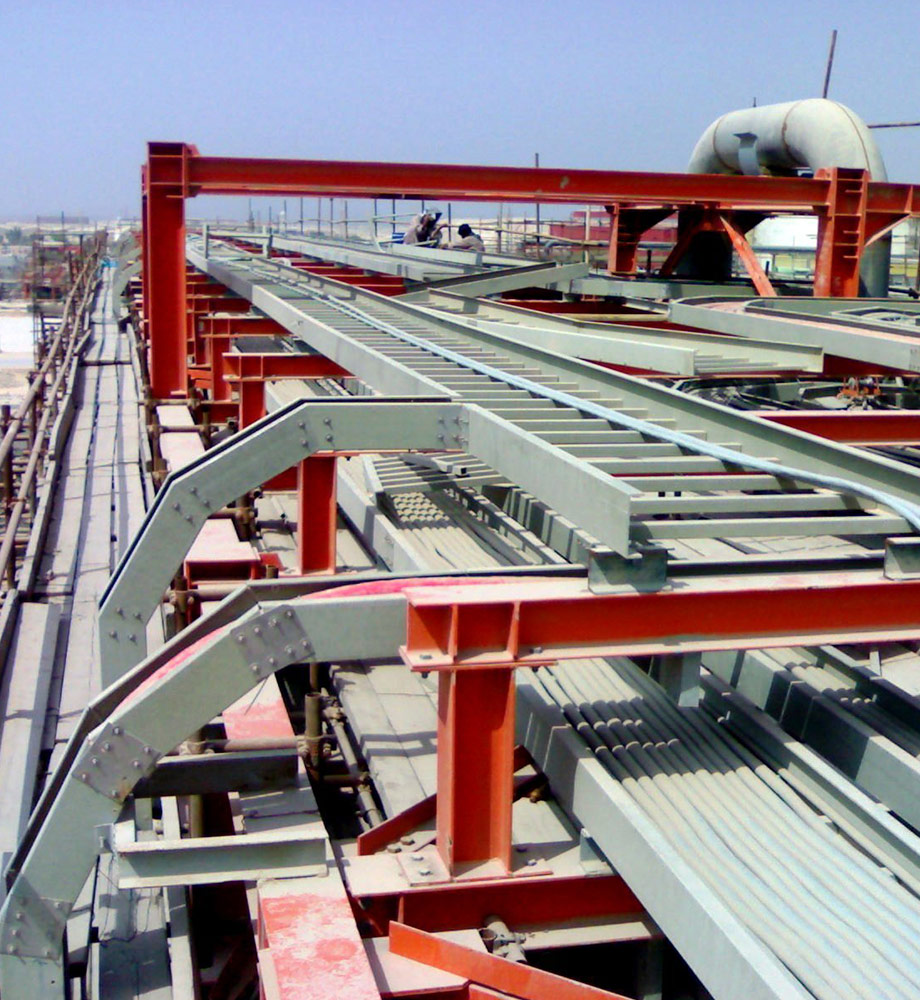Key Features
- Lightweight Rigidity: Offers high flexural and compressive strength despite being lightweight, reducing dead weight on towers.
- Corrosion Immunity: Will not corrode even in marine or polluted atmospheres, ensuring decades of support.
- Electric Insulation: Non-conductive material prevents grounding loops or cable interference.
- UV-Stable Resin: Maintains mechanical properties and appearance under sun exposure.
- Standardized Dimensions: Available in common shapes (C-channel, U-channel, angle, flat) with metric/inch sizes.
Benefits
- Long Service Life: Eliminates replacement cycles caused by metal rust or paint failure.
- Easy Installation: Profiles can be cut on-site and use standard hardware (bolts, strut clamps).
- Signal Integrity: No magnetic or conductive pathway means cables are isolated from tower structure, preserving signal quality.
- Light Reflection: Fiberglass reduces radio shadowing and reflections compared to metal struts.
Applications
- Support for feeder cables and jumpers on telecom tower legs and antennas.
- Cable racks inside equipment shelters and on rooftop installations.
- Ground-mounted telecom equipment platforms.
- Structured wiring in telecom central offices where corrosion resistance is needed.
Technical Specifications
- Material: FRP pultruded profiles (glass fiber and vinylester/polyester resin).
- Common Profiles: C-channels (e.g. 40×20 mm), U-channels (50×25 mm), Strut (25×25 mm with slots).
- Capacity: Tensile strength >100 MPa, modulus ~20 GPa (profiles maintain dimensional stability).
Unique Selling Points (USPs)
- Consistent Quality: Pultruded FRP profiles have fibers aligned along length, ensuring high linear strength.
- Single Sourcing: Profiles can be produced to customer-drawn cross-section if needed, unlike stock metal shapes.
- Non-Magnetic: Ideal for EMC-sensitive installations and MRI shielded environments (no magnetic signature).

